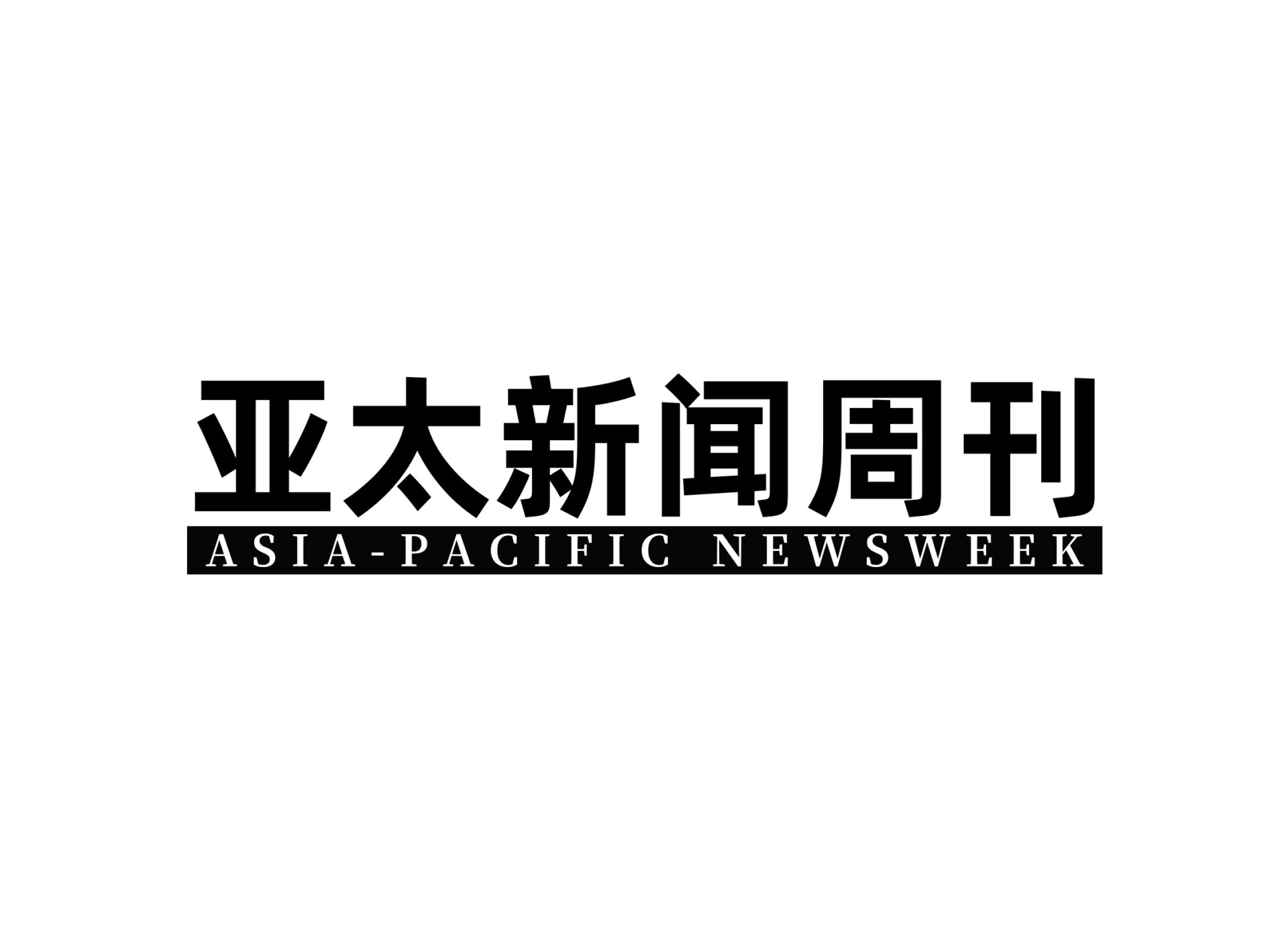The Trump administration and the European Union are racing to clinch a trade deal by the White House’s self-imposed Aug. 1 deadline, with economists warning that a sharp hike in tariffs could raise costs for consumers and businesses.
As the clock ticks down, a series of pacts with other U.S. trading partners in recent days have raised hopes of avoiding a potentially damaging trade war with Europe, with experts saying a deal with Japan announced on Tuesday could serve as a template for a deal with the EU.
The U.S. has also recently announced the outlines of trade deals with China, Indonesia, the Philippines and U.K., though with many details still remaining to be finalized.
For consumers and businesses on both sides of the Atlantic, much is riding on the outcome of the trade talks. Absent a deal, President Trump has threatened to hit imports from the EU’s 27 member countries with a 30% tax. In preparing possible countermeasures, the European Commission has said it would impose tariffs on more than $100 billion worth of U.S. goods starting Aug. 7, AFP reported on Wednesday.
Negotiations are ongoing and a U.S.-EU trade war could yet be avoided. Citing EU diplomats, AFP also said officials with the trading block could be open to a 15% U.S. tariff rate, with potential carveouts for key sectors, according to the wire service.
The White House did not immediately respond to questions about the status of talks with the EU, including whether the Trump administration expects to reach a trade deal by the Aug. 1 deadline.
President Trump on Tuesday struck a trade deal with Tokyo that calls for a 15% tariff on Japanese imports. In return, the deal calls for Japan to invest $550 billion in the U.S. and further open its domestic market to U.S. exports, including cars and certain farm products.
The 15% tariff rate on Japanese goods is five percentage points higher than a baseline tariff the Trump administration imposed on all foreign imports on April 2. But it is lower than the 25% he threatened against Japan earlier this month and the 24% duties his administration proposed in early April.
“The Japan deal certainly provides a framework of what [Mr. Trump] looking for,” Jacquez said. “It’s about accepting a baseline tariff at or above 10%, and then making purchase commitments.”
Key catalysts for trade deals
A key element of Mr. Trump’s trade deals has been a commitment by other nations to invest in the U.S. The president has defended tariffs as a way to revive the country’s domestic manufacturing base and make American exports more competitive, as well as to generate additional federal revenue.
“We are learning that the promise of greater investment into the U.S. works well with the administration,” EY Parthenon chief economist Gregory Daco said. “The promise to invest $550 billion was a big part of the Japan-U.S. trade deal. It was a key catalyst to securing a deal.”
The EU, whose member states have a combined gross domestic product of $20 trillion, could likely commit to a large investment in the U.S. because it could span a number of years and focus on key sectors, such as technology, energy or artificial intelligence, Daco added.
Additional commitments by the EU to purchase American-made goods and to lower trade barriers to U.S. exports could also help close a deal, he said. “Those don’t cost much, and they’re an easy bargaining chip to put forward.”
Risk of higher prices
Although a 15% baseline U.S. tariff on EU imports would represent a retrenchment from Mr. Trump’s earlier threats, it would still drive up prices for U.S. businesses and consumers, according to Daco.
“While it may seem like a great deal, it’s still much higher than the tariffs that the U.S. was imposing at the end of 2024,” he noted. “So there would still be a positive inflation shock because of higher tariffs. There would also be demand erosion coming from reduced business investment, hiring,and reduced consumer spending as a result of these higher tariffs.”
Currently, the average U.S. tariff rate on imports is around 15%, according to his analysis. If Mr. Trump’s threatened tariffs go into effect, that rate would rise to more than 20%. If the EU agrees to a 15% tariff rate, however, the average U.S. tariff rate on imports from around the world would drop to 19.5%.
“That’s still a significant increase in the average rate,” Daco said. “It’s a lot higher than the 2.5% where we started the year.”
Because most U.S. imports from the EU include industrial inputs like components, raw materials and machinery, any added costs would take tie to work their way through the supply chain, according to Ryan Young, a senior economist at the Competitive Enterprise Institute, a nonpartisan think tank.
“It would affect manufacturing exports faster than it would affect American consumers, but it would raise prices all around,” Young said.
contributed to this report.


